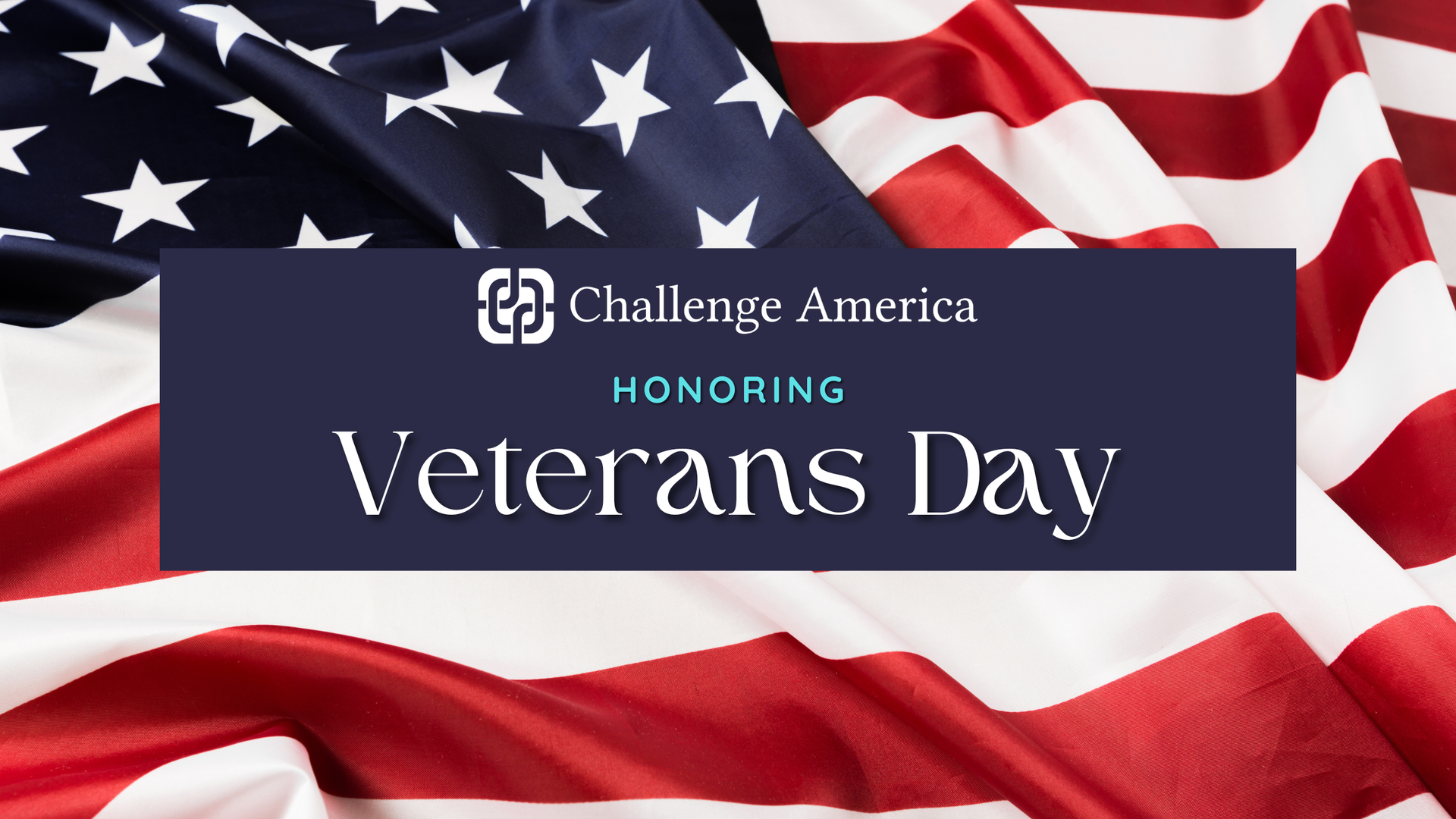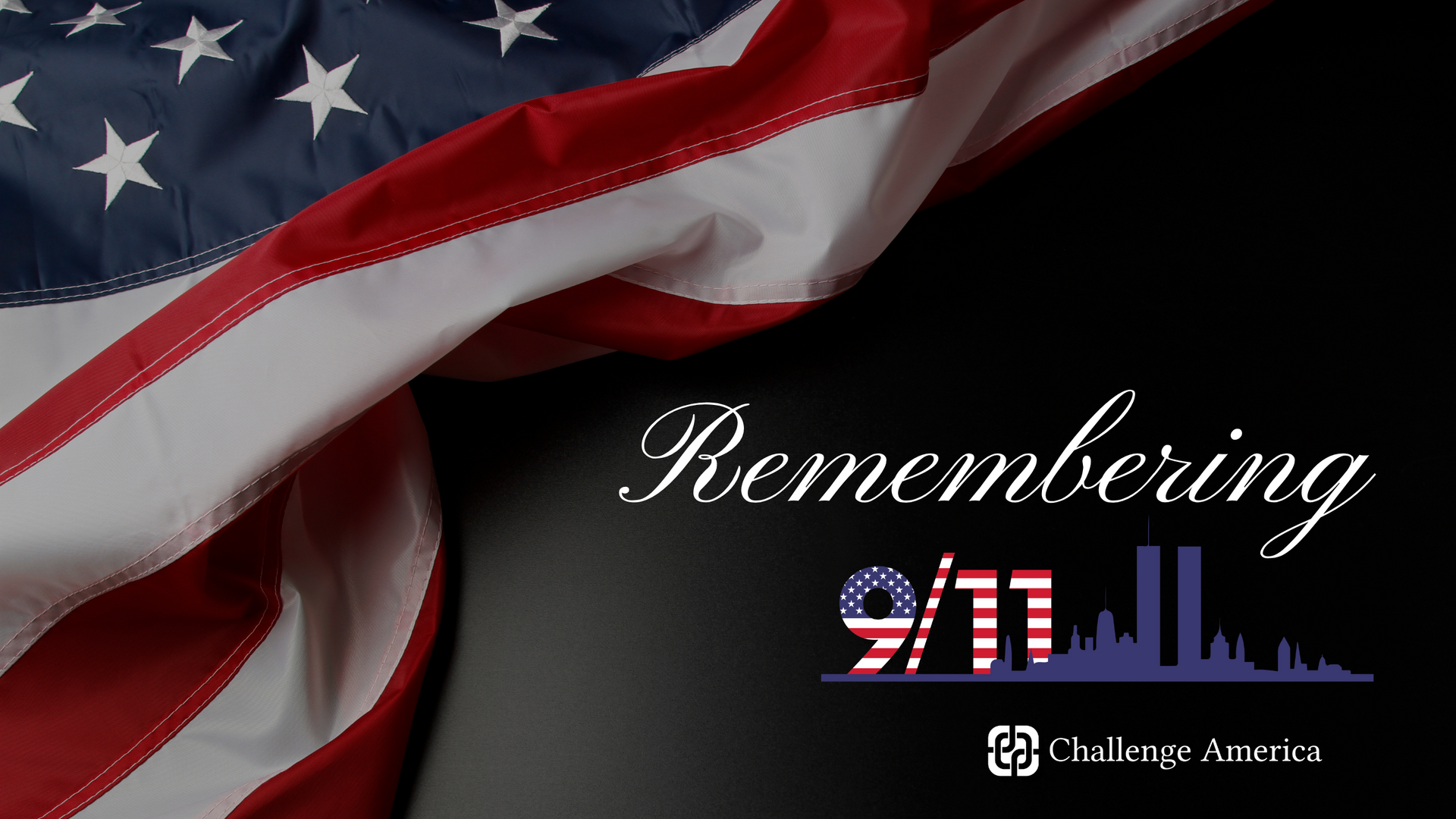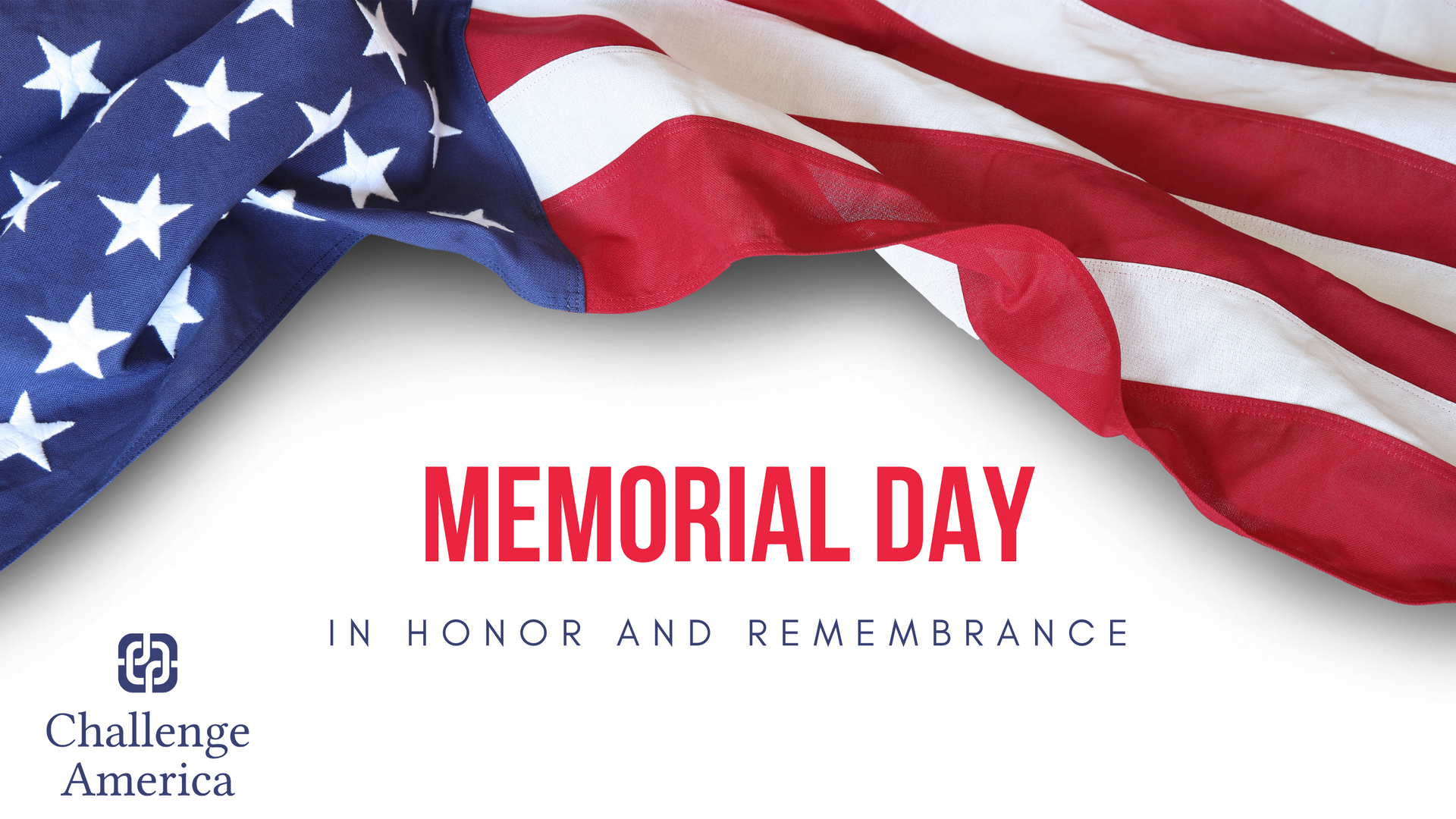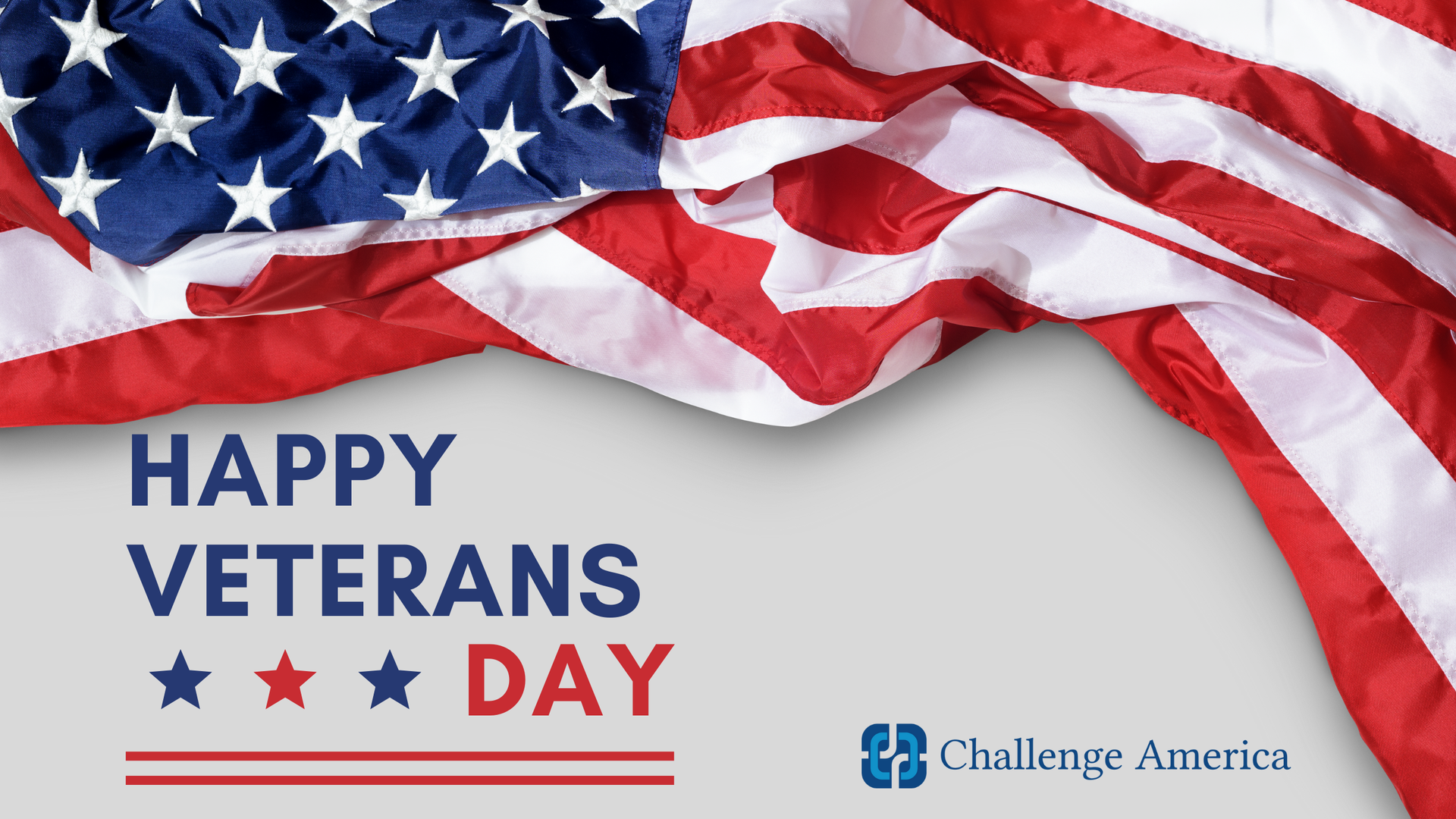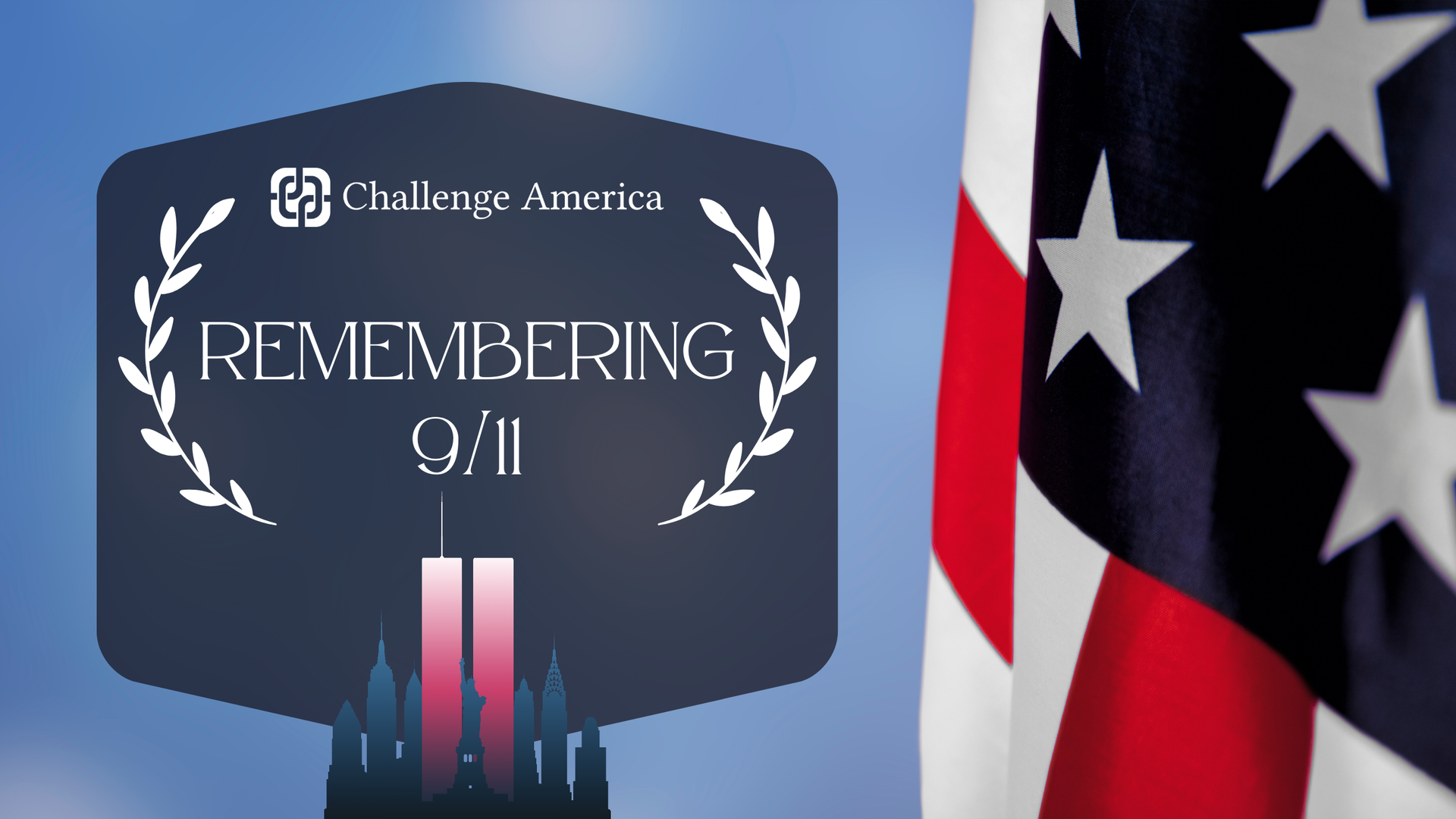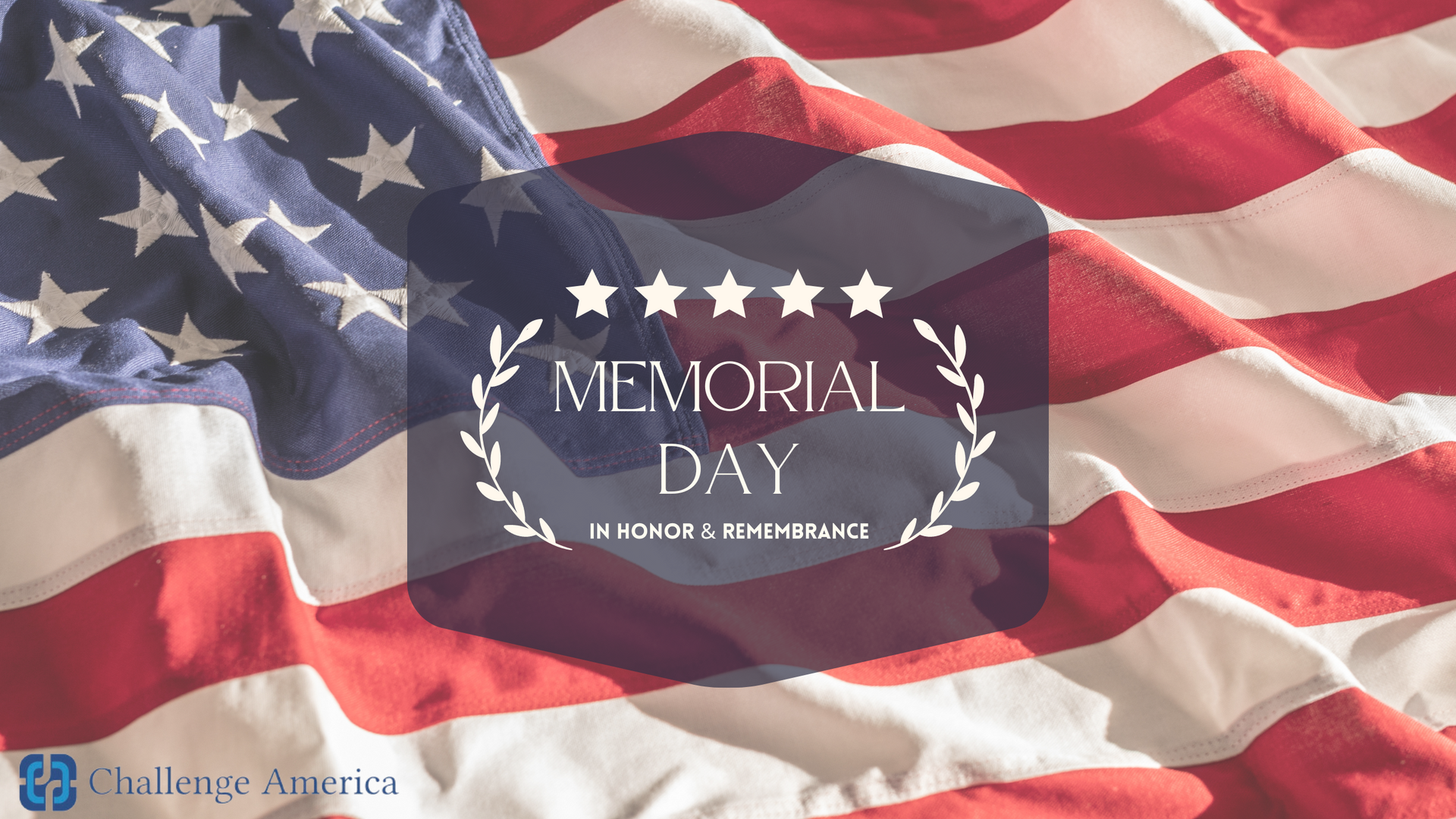3 CONSIDERATIONS FOR COLLABORATIVE AGREEMENTS
Veteran-related nonprofit organizations face growing competition for increasingly scarce financial resources. The vast majority have annual operating budgets of less than $100,000, with revenues that have remained more or less constant since 2001. According to one report, private philanthropy for veteran-related causes may be declining even as many state and local governments cut back on veteran-related programs as they continue to cope with the fallout from the Great Recession. Meanwhile, the demand for veteran-related services has reached an all-time high and is expected to increase over the coming years. Inter-organizational collaboration offers one possible means of coping with this volatility and uncertainty: collaboration can increase the pace of program innovation, speed the transfer of technology, increase access to financial resources, and enhance resilience to financial shocks. However, there are several issues nonprofits should consider before they rush to establish a collaborative agreement.
IS YOUR ORGANIZATION WILLING TO PAY THE TRANSACTION COSTS?
Economists use the term transaction cost to describe the costs involved in establishing and maintaining an exchange or relationship. Forging a new collaboration requires a significant investment of resources, including time and money. The leadership from each organization will likely meet on several occasions to discuss the terms and expectations of collaborative agreement, so that over time these interactions will cement a sense of mutual understanding and trust. Although this process is costly, it often yields more positive interactions among collaborators while reducing transaction costs and biases.
COLLABORATION, INNOVATION, AND FINANCIAL SECURITY
Moving forward, veteran-related nonprofits of all types and sizes will need to weigh the pros and cons of collaboration as they face the prospect of intensifying competition for a shrinking pool of resources. To survive these volatile and uncertain times, nonprofits will need to innovate and they will need to professionalize. As the vast majority of nonprofits operate on very modest budgets, collaboration offers one possible means of enhancing their resilience. However, collaborative arrangements can be risky and costly endeavors. The mutual benefits that flow from collaboration may well outweigh the costs, provided nonprofits enter these arrangements prepared and with their eyes wide open.
WORKS REFERENCED
Ahuja, G. (2000). "Collaboration networks, structural holes, and innovation: A longitudinal study." Administrative science quarterly.
Ahuja, G. (2000). "The duality of collaboration: Inducements and opportunities in the formation of interfirm linkages." Strategic management journal.
Carter, P., & Kidder, K. (2016). CHARTING THE SEA OF GOODWILL (pp. 1–24). Center for a New America Security.
Gesing, J., et al. (2014). "Joining Forces or Going It Alone? On the Interplay among External Collaboration Partner Types, Interfirm Governance Modes, and Internal R&D." Journal of Product Innovation Management 32(3): 424-440.
Schilling, M. A. and C. C. Phelps (2007). "Interfirm Collaboration Networks: The Impact of Large-Scale Network Structure on Firm Innovation." Management Science 53(7): 1113-1126.
Zahra, S. A. and G. George (2002). "Absorptive capacity: A review, reconceptualization, and extension." Academy of management review.

